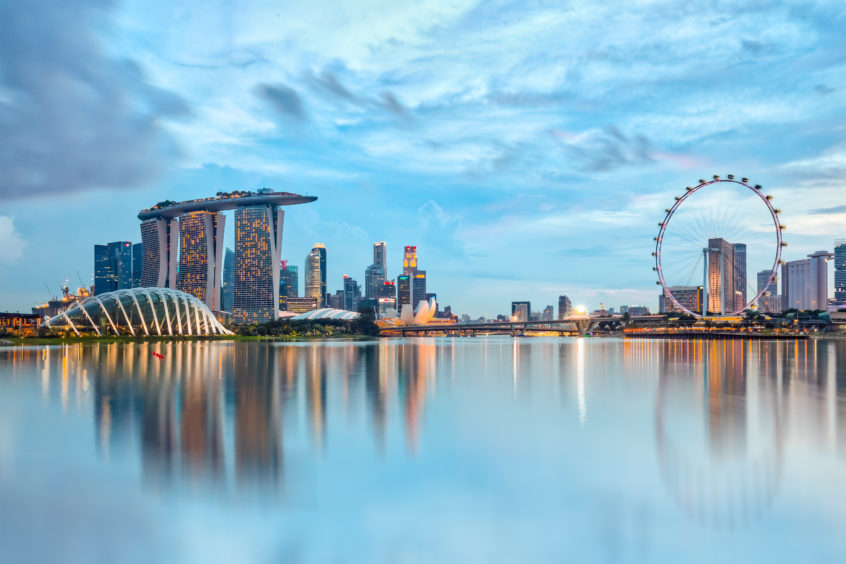
Singapore is seeking proposals for up to a total of four gigawatts (GW) of low-carbon electricity imports by 2035 as part of the Southeast Asian city state’s efforts to decarbonise its power sector.
The proposed imports are expected to make up around 30% of Singapore’s electricity supply in 2035. The remaining supply will continue to come from various sources, ranging from the current natural gas-fired power plants to solar and waste-to-energy sources, the Energy Market Authority (EMA) said yesterday during Singapore International Energy Week (SIEW).
The first request for proposal (RFP) will be launched in November 2021, while the second RFP is expected to be issued in the second quarter of 2022, said the EMA.
The first RFP covers imports of up to 1.2 GW of electricity starting by 2027, while the second RFP will cover the remaining 2.8 GW of electricity imports by 2035.
The EMA is currently starting a pilot project to import 100 MW of non-intermittent electricity from a solar farm in Pulau Bulan in neighboring Indonesia. The pilot is expected to be commissioned by around 2024.
Singapore is also working on the Lao PDR-Thailand-Malaysia-Singapore Power Integration Project (LTMS-PIP) to import up to 100 MW of power from Lao PDR to Singapore via Thailand and Malaysia using existing interconnections from 2022 to 2023.
The EMA said that climate change is a global existential threat and Singapore is doing its part to reduce emissions for a more sustainable future. The power sector has a key part to play as it accounts for about 40% of Singapore’s carbon emissions. “We are transitioning to greener energy sources and harnessing the four Switches – natural gas, solar, regional power grids and low-carbon alternatives – to transform our energy supply. These will allow us to reduce the power sector’s emissions and ensure that our power system remains secure, reliable and sustainable,” said the EMA.
“Today, natural gas, which is the cleanest-burning fossil fuel, is our first ‘switch’ and is used to produce around 95% of Singapore’s electricity. EMA will continue to work with the power generation companies to improve the efficiency of their power plants. Solar is our second ‘switch’ – Singapore is maximising solar deployment and is on track to achieving our target of 1.5 gigawatt-peak (GWp) by 2025 and at least 2 GWp by 2030. However, Singapore is land constrained. Despite our best efforts, solar will likely constitute only about 3% of the country’s total electricity demand in 2030,” said EMA.
“Regional power grids are our third ‘switch’, and will enable Singapore to access low-carbon energy beyond our shores, while supporting regional decarbonisation efforts. We will also develop our fourth ‘switch’ – low-carbon alternatives like hydrogen and technologies such as carbon capture, utilisation and storage which can reduce carbon emissions from using fossil fuels for power generation,” added the EMA.
Recommended for you

